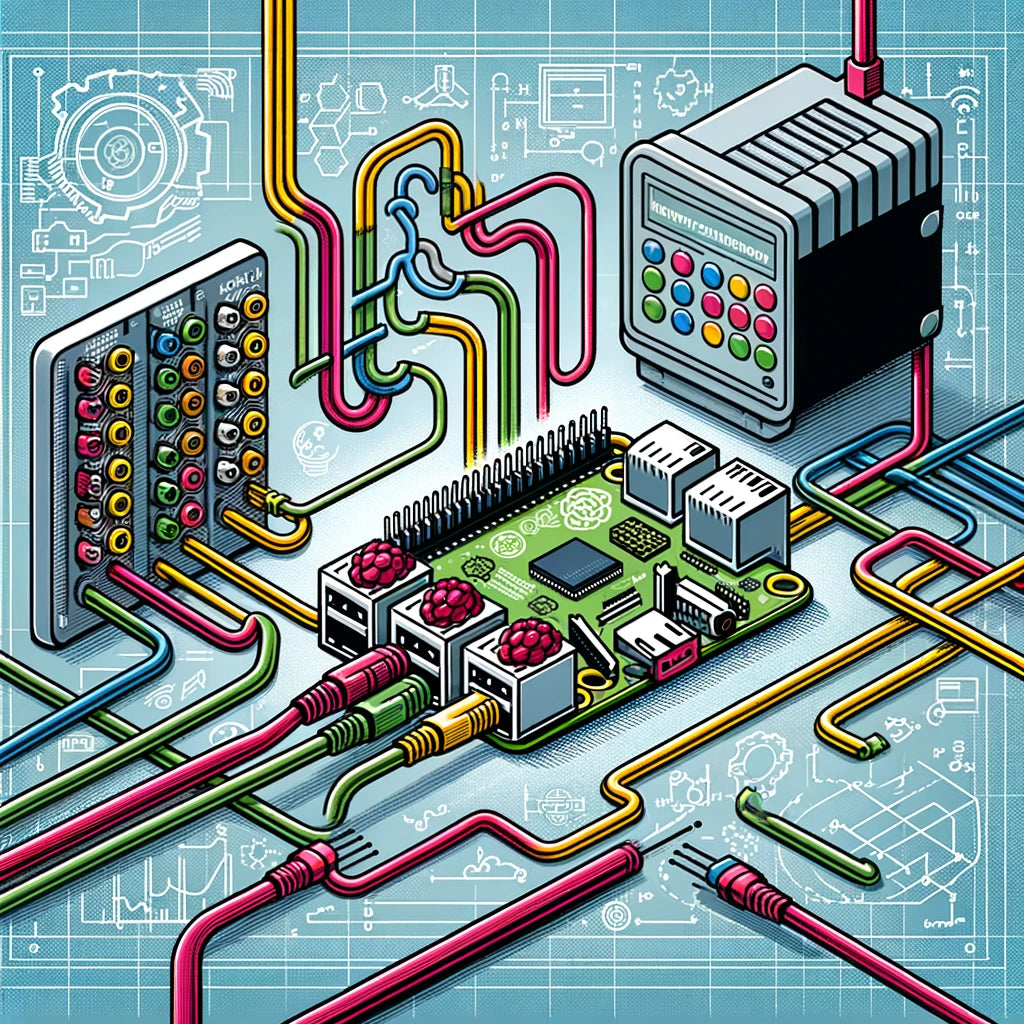Menu
Logo

There are projects that enable the use of Raspberry Pi as a communication bridge for PLCs (Programmable Logic Controllers). This allows the Raspberry Pi to act as an intermediary, translating between different industrial protocols and facilitating communication between PLCs and other devices. Here are some common approaches and tools used in such projects:
Node-RED: Node-RED is a programming tool for wiring together hardware devices, APIs, and online services in new and interesting ways. It runs on the Raspberry Pi and can be used to create flows to process data from PLCs, providing a visual interface for integrating various communication protocols.
OpenPLC: OpenPLC is an open-source PLC program that can run on Raspberry Pi. It supports several industrial protocols and can be used to develop a bridge or gateway for PLC communications.
Python Libraries: Python, which can be used on the Raspberry Pi, has libraries such as python-snap7 that support Siemens S7 communication, or pylogix that interacts with Allen Bradley PLCs. These libraries can be used to develop custom bridge solutions.
OPC UA: Implementing an OPC UA (Open Platform Communications Unified Architecture) server on the Raspberry Pi can be a way to create a communication bridge. OPC UA is a protocol for industrial automation that ensures secure and reliable exchange of data. Tools like open62541 (a C-based library) can be used to implement an OPC UA server directly on the Raspberry Pi.
MQTT Bridge: For projects that need to integrate PLC data with IoT platforms, MQTT (Message Queuing Telemetry Transport) can be used. Raspberry Pi can host an MQTT broker or act as an MQTT client to bridge data from PLCs to cloud services or other networked systems.
These projects typically require some knowledge of both the hardware interfaces involved and the software protocols used in industrial communications. Each option has its advantages and is better suited to different types of tasks depending on the PLCs and other devices you wish to connect.
Sign up for our newsletter and be the first to know about coupons and special promotions.
All prices are in AUD and include GST. © 2024 Little Bird Electronics Pty Ltd. ABN: 15 634 521 449.